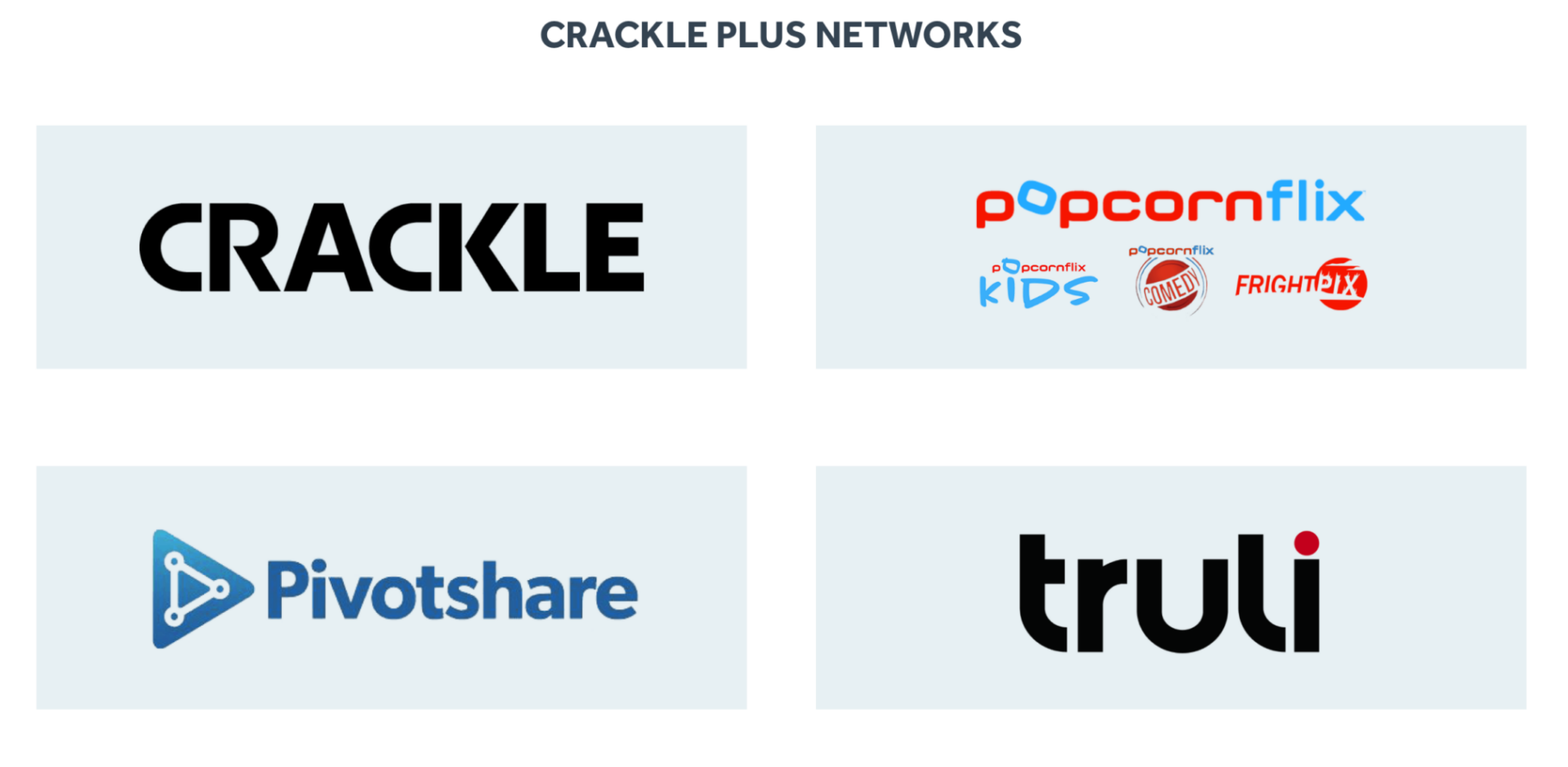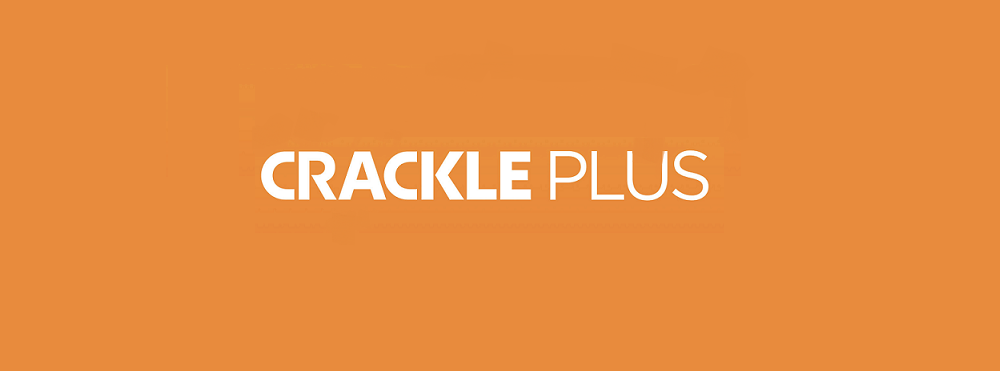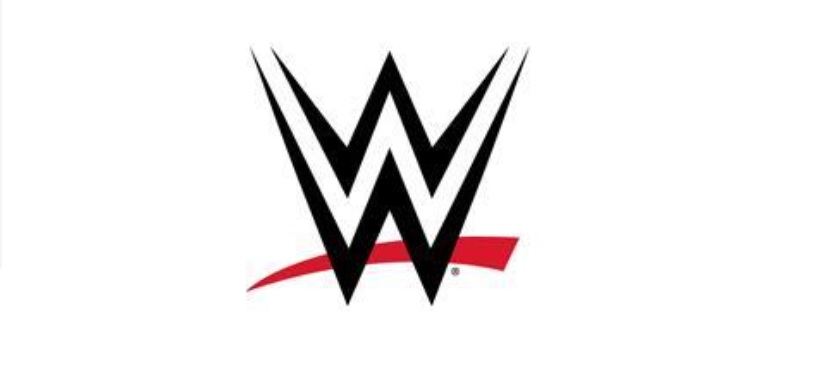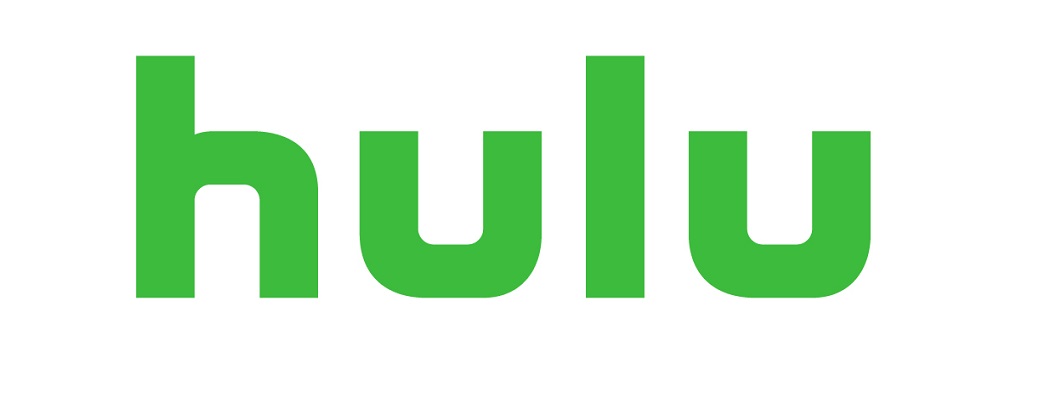Crackle has changed a lot since the service first pioneered the idea of AVOD Ad-Supported Video On Demand. The service began as the streaming outreach of Sony Pictures. It was one of the earliest streaming options available on Roku when it began its transition from a Netflix player to a portal for multiple streaming services. Crackle maintained that identity for years and even worked to rebrand as “Sony Crackle” to better accentuate the relationship.
Crackle Becomes Crackle Plus
Overtime as the popularity of the free service grew it caught the eye of Chicken Soup For The Soul, which formed a partnership with Sony in 2018 to form Crackle Plus. While the company may be best known for the identically titled inspirational books the relationship don’t let that fool you. Crackle Plus includes 7 brands

reaching 61 countries. By combining the reach of
Crackle and Popcornflix the company now has access to a much larger audience than before the purchase and seen content across the platforms grow to 10,000 movies and TV episodes, double the amount available just a year ago. Crackle Plus combined pulls in 50 million streams of its movies and TV shows per month, making it one of the largest AVOD streaming platforms in the U.S.
And with 78,000 hours of content available across all its networks, and premieres at least one original and one exclusive program each month, differentiating it from other AVODs, Crackle Plus shows that in an age where one new premium service drops on to the scene per week that free can pay off.
The depth of the content has grown and changed overtime as well. While Crackle is still a home for Sony distributed content Crackle now offers programming from a wider reach of partners. And this has made the service more nimble. For instance after the country essentially shut down normal interactivity due to the global pandemic, Crackle launched new channel rows in its apps to address the needs of its audience. It pushed out sports programming like documentaries and movies, highlighted DIY programming for those stuck inside looking for something creative to do and helped parents by providing content to address educational needs. Crackle has also modernized the look of its app making it snappier and easier to search.
Crackle has found an audience that embraces the format because people are beginning to understand that someone has to pay for content to be available and they would prefer not to be them. In fact a Crackle audience study by the firm Magid and Associates showed over 90% of Crackle viewers embrace the exchange of watching ads in order to receive a free streaming service.
How do they keep the audience happy? Crackle works to keep commercial interruptions low by working in new interactive ad units running at the beginning of a video stream, “FreeView”, which allows for the elimination of mid-roll commercials throughout a Crackle original or exclusive series.
There is something for everybody in the quiver at Crackle Plus including anime mega brands Funimation and Crunchyroll, as well as through a newly announced partnership with Jukin Media. By having such a wide audience Crackle says it offers advertisers a direct buying opportunity with full transparency on where and when its media runs, with access to “communities of interest” at unparalleled scale and reach in OTT.
While the last 5 years has seen an explosion of paid streaming services that attempt to mimic cable services Crackle has shows that the service serves an important demographic for advertisers who want to reach people who would otherwise be invisible to them. As much of 80% of Crackle viewers say that they don’t watch linear TV.
If you are one of those who feels they already pay enough to watch TV, it may be time to check out Crackle and Popcorn Flix.






